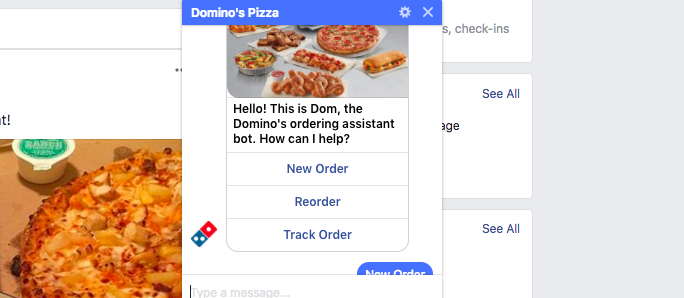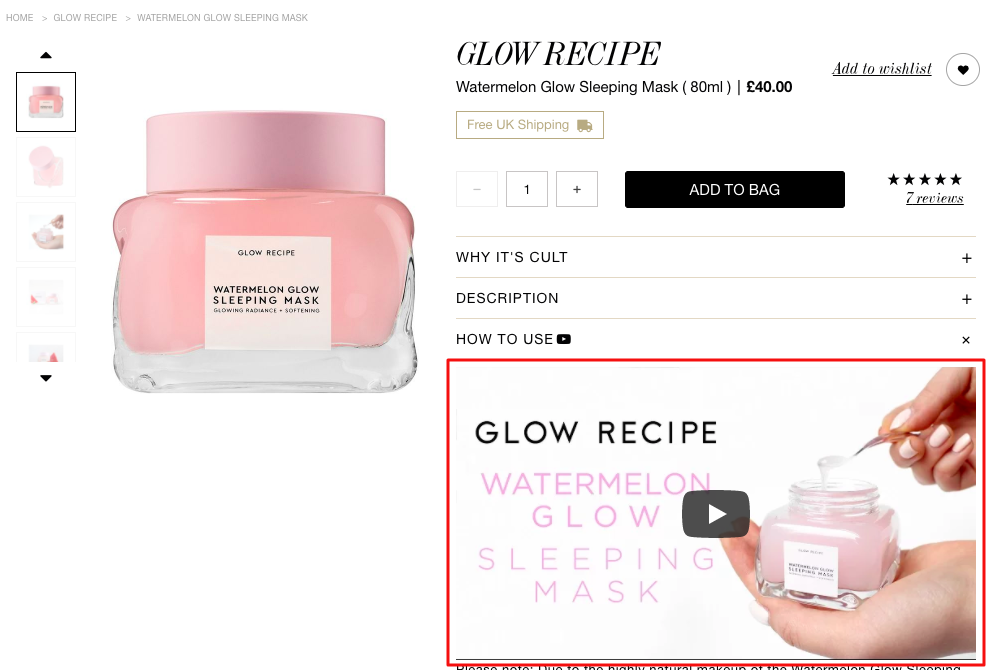At the start of the year, Reboot Online extracted data from the annual marketing report, State of Inbound – which consists of feedback from 6,399 global professionals.
Findings from the 2017 report reveal that,
- 70% of marketers will focus first on converting leads into customers, and 55% will focus on growing traffic to their website.
- 32% of marketers said their lowest priority was paid advertising in the form of print, outdoor and broadcast media.
- 63% of marketers expressed that generating traffic and leads is their biggest challenge and 40% feel proving ROI remains a challenge.
- 61% are happy with their marketing strategy, and believe it is effective.
- Artificial intelligence and Virtual Reality, along with social platforms are seen as the biggest disruptors.
The London-based digital marketing agency looked at the key marketing trends that will carry on through 2018 and act as inspiration and acknowledgment for marketers as to what is likely to have an impact on all businesses in the coming year.
Optimise Content, Ready For Micro-Moments
Google defines “Micro-Moments” as the “I want-to-know moments, I want-to-go moments, I want-to-do moments, and I want-to-buy moments.”
Think about the number of times you use your smartphone to look up information during your day. It’s spontaneous, and can sometimes be urgent. If you’re using your smartphone in such a way, chances are your customers are too.
But, let’s be clear, marketing for Micro-Moments is less about pushing sales literature and more about offering useful and timely resources. These can, however, be used, to help people make decisions about if and when they want to purchase. Forcing sales content during Micro-Moments can often disrupt a user’s journey, causing them to leave your website altogether.
Marketers should help by ensuring the content offered during Micro-Moments is optimised for the way people choose to engage, whether on mobile, tablet or desktop and for the form of content they choose, whether it be blog posts, video, podcasts, typeforms, emails, etc. etc.
Record Live Moments
Platforms such as Snapchat and Instagram has revolutionised the way we consume content and is different from the content consumed on YouTube. We are now watching short videos, in the form of live content. Content that is accessible for a short period of time.
According to the State of Inbound report, 80% of consumers would rather watch a live video than read a blog. So it’s worth including platforms that offer this technology in your marketing strategy, whether you offer a B2C product/service or a B2B one.
As a verified account, Instagram Stories gives you the option to take people back to your website/blog. Klear reports that 59% of Stories lead to a shopping cart. This is a feature often overlooked by brands by is hugely popular with the blogging/vlogging community.
Embrace A.I. and Chatbots
57% of marketers now implement A.I into their strategy. AI is fast on its way to becoming the new customer service.
From transferring money to ordering Pizza and finding love and beyond, Facebook Messenger has become the largest way for marketers to unleash their creativity.
In 2017, brands such as Dominos, Airbnb, and even TFL transformed their customer service using Chatbots. And it’s not about to slow down any time yet. According to Grand View Research, the global chatbot market is expected to reach $1.23 billion by 2025.
Take a Stand
It is predicted that more brands will continue to highlight and tackle societal issues in their upcoming Super Bowl ads in February. This will make other businesses follow suit throughout the year. The takeaway here is, If your customer stands for a cause, you should too. Reboot highlights that “84% of leads will check out your online presence prior to investing in your business…. it is not enough to simply sell your services any longer. Integrity is more vital than it has ever been.”
Swap: Big Content for Data Visualisation and Storytelling
In 2012, Gartner’s Craig Roth brought the idea of ‘Big Content’ to the forefront. His interpretation of Big Content represented the mass of information produced in the form of blog posts, tweets, online videos, e-books and podcasts, which included content often backed by Big Data. Later that year, Dr. Pete Meyers (of Moz fame) delved deeper into the topic by exploring the longevity of big content.
The term has become somewhat of a “buzzword” but, this year, Big Content alone will not cut the mustard because Context is more important than ever. In his 2013 bestseller, ‘Jab, Jab, Jab, Right Hook,’ Gary Vaynerchuk weighs the importance of context in marketing, boosting popularity to his quote: “Content is King but Context is God.”
This year, your data must mean something and should be woven into the story you are trying to tell. Don’t think of your business as just a company. Think of it as a publisher.
Start Voice Search-Based Keyword Research
Analytics company ComScore says that by 2020, 50% of all searches will be voice-based. The increasing popularity of voice-activated search is likely to affect the foundation of your SEO efforts: keyword research. This will require your team to take a fresh and slightly more strategic approach than done in the past.
To gain your share of traffic from voice searches, you’ll need to factor in what your users are trying to get out of their query. Think about key questions rather than key phrases. What type of questions do your customers call you for? Start here and work your way through. Pay close attention to location-based keywords and using the relevant (and correct) Schema markups to help users and promote your service/product.
Swap: Blogging for Rich Content
The phrase “quality over quantity” has probably been expressed in abundance at every single content marketing conference or event you’ve attended. Think of Rich Context as a subtext. Rich Content is designed to improve conversion rates and engagement.
Think polls on Instagram Stories or Twitter Polls. These are places where your customers/users/readers spend their time. These can capture valuable information for you. Again, less obtrusive content works better.
Examples of rich content off-site include:

Starbucks Canada use of Polls on their Instagram Stories allows them to find out what their customers like and what they don’t
Examples of rich content on-site include:

The New Yorker adds audio to their weekly fiction posts
Do you agree/disagree with these trends? What digital trends will you be embracing this year?










